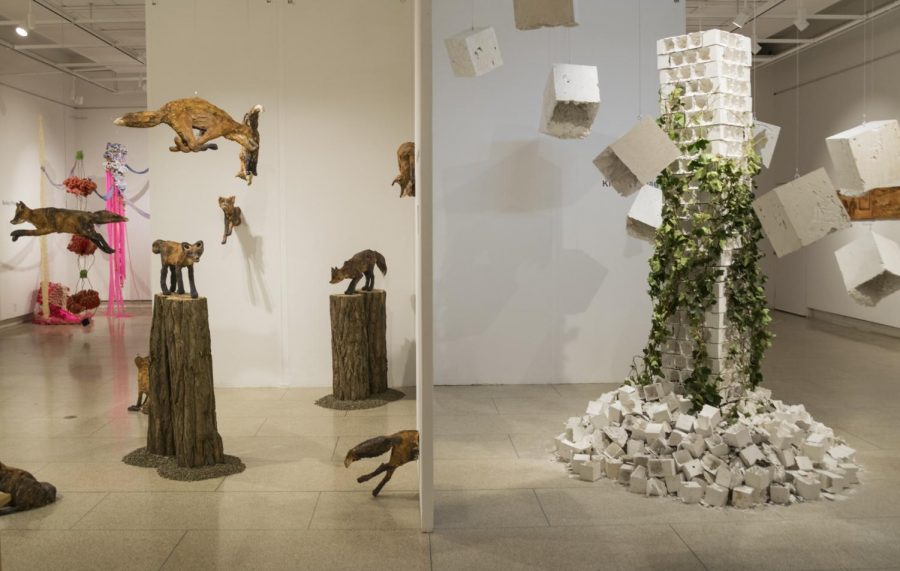
If there is one ubiquitous fashion statement on the Whitman campus, it is plaid.
On shirts, shoes, shorts and scarves, the presence of plaid on all varieties of clothing is nearly inescapable.
The versatile pattern has managed to penetrate nearly every social milieu at Whitman.
“It appeals to every single Whitman sub-culture,” said junior Bryan Sonderman. From what Sonderman describes as “granola snarfers”: people inclined to do outdoor activities: to hipsters, plaid has a special place in every social circle.
Sophomore Robin Lewis, a self-described plaid collector, said, “Each group can wear it without affecting the reputation or statement of the other.”
Some students believe that plaid has a connection with the “green” movement present on campus.
Senior Will Davidson has noticed a tendency for plaid wearers to be people who are in search of a “simple lifestyle […] people who are trying to have fewer articles of clothing.”
Most of these students agree that plaid has always been a Whitman staple, but a new wave of plaid at fashion retailers, from Urban Outfitters to Alexander McQueen, has lead the pattern to be more popular than ever.
Davidson thought the trendy look of “tight black jeans with a plaid shirt” was “super popular right now.”
Sonderman points out greater cultural phenomena such as “the Olsen twins and early nineties hipster revival” as factors that have lead to an increase of plaid on campus.
In America, the archetypal image of a plaid-wearing lumberjack has been reinforced by decades of cartoons.
However, Lewis affirmed that this image is actually accurate.
Lewis described her father as “modern-day lumberjack” who owns approximately 40 plaid shirts.
Many people are familiar with the origins of plaid via another popular stereotype: the Scotsman in a kilt. In Scotland, the term “plaid” is actually used for the pleated blankets that are worn in the traditional Scottish costumes, while “tartan” describes the pattern. Families, schools and other organizations typically have their own customized tartans that are worn at weddings and other formal occasions.
“It’s more of a special occasion sort of thing, where it’s the complete opposite here,” said Sonderman, who studied at University of St. Andrew’s in Scotland last fall.
Though plaid itself is a safe and common fashion statement, the pattern has different social connotations depending on what clothing article it graces.
Sonderman expressed his distaste for plaid shoes but said, “Plaid pants are cool if Kevin Klein’s wearing them.”
Plaid proponents tend to wear it frequently: from several times a week to every other day. The comfortable associations of plaid may provide an insight into the pattern’s profound popularity.
First-year Hailun Zhou describes the feeling of wearing plaid as “contented, happy and secure.”
Plaid not only provides a comfortable feeling for those who wear it, but also projects a certain openness to others.
Zhou said of plaid wearers, “I would feel more confident in talking to them.”
“People who wear plaid, particularly wool plaid, are most likely friendly, fun and good for hugging,” said junior Leah Koerper.
With both its classical and trendy overtones, plaid made itself perhaps the most democratic of fashion statements.
Said Davidson of his own plaid wearing, “Anywhere you go, people will be down.”





